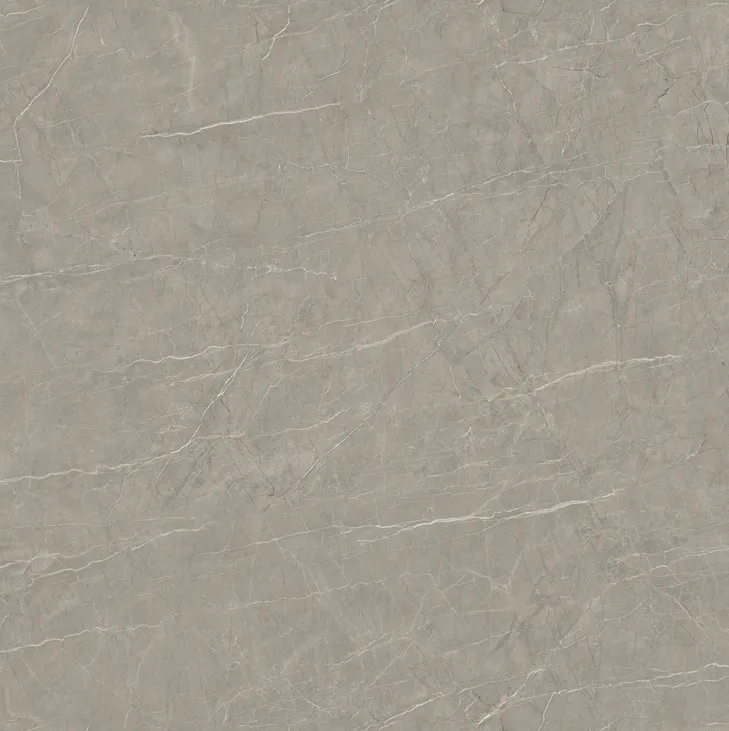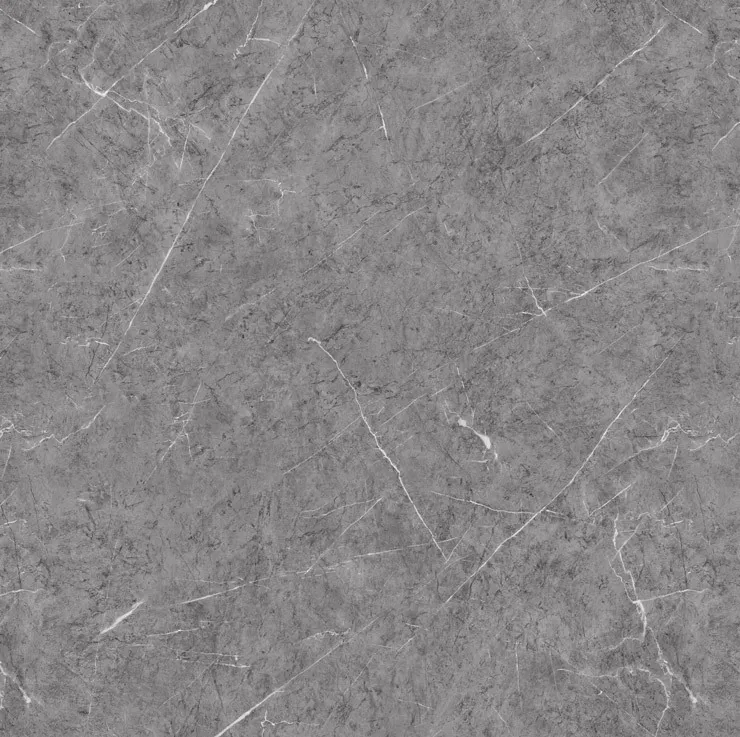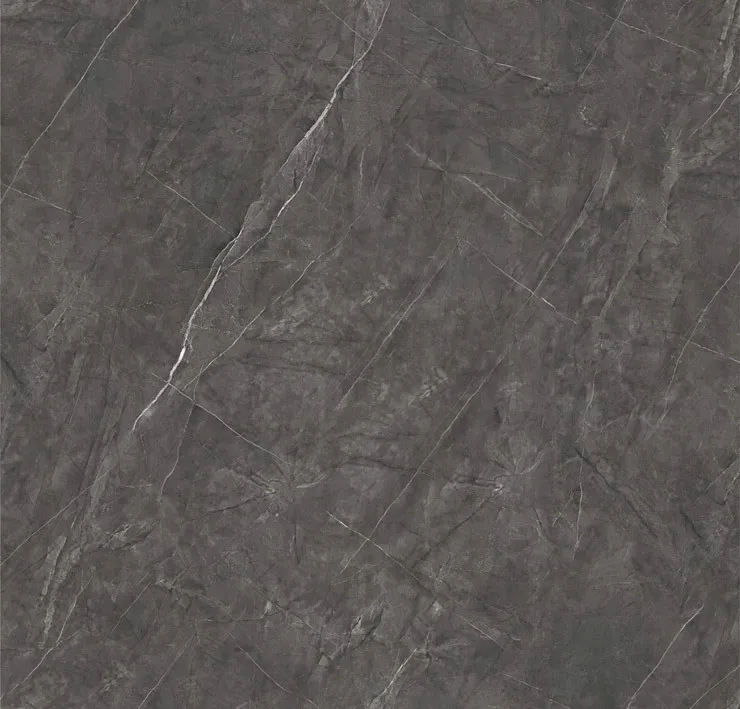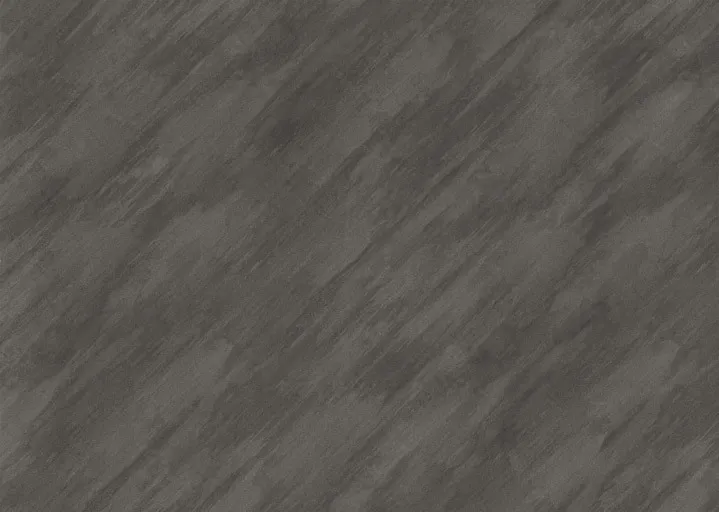
Why does matte marble cost differently?

Walk into any modern home, boutique hotel, or high-end restaurant these days, and there's a good chance you'll spot it: that soft, velvety stone surface that doesn't glare under lights, that feels cool to the touch and adds a quiet luxury to any space. Matte marble has become the go-to for designers and homeowners alike, but if you've ever shopped for it, you've probably scratched your head at the price tags. A 2x3ft slab might cost $150 at one place and $400 at another—same "matte marble" label, wildly different numbers. So what's really going on here? Let's pull back the curtain and figure out why matte marble prices can vary as much as they do.
First off: not all marble is born equal—raw materials matter
Marble, at its core, is limestone that's been cooked and squeezed by the Earth's crust over millions of years. But where that limestone formed, and how it was "cooked," makes all the difference. Think of it like wine: a bottle from a famous vineyard in France will cost more than one from a new winery in your hometown, even if they're both red. Marble's "terroir" (yes, that's a wine term, but it works here) is everything.
Take Italy's Carrara region, for example. Carrara marble is famous for its bright white background and soft gray veining—Michelangelo used it for his statues. But within Carrara, there are different quarries: some sit high up in the Apennine Mountains, where the marble formed under intense pressure, creating tighter, more uniform grains. These quarries are harder to access; workers might have to blast through rock or use small, specialized equipment to avoid damaging the stone. The result? A slab with fewer cracks, more consistent color, and a texture that takes matte finishing beautifully. Unsurprisingly, this stuff isn't cheap.
Compare that to a quarry in a lower-elevation area, maybe in a region with more sedimentary activity. The marble there might have more impurities—bits of clay, iron deposits, or uneven mineral distribution. These impurities can show up as discoloration (like yellow or brown spots) or weak spots that crack during cutting. A matte finish, which highlights texture, will make these flaws more noticeable, so suppliers often sell this lower-grade marble at a discount.
And then there's rarity. Some marble varieties are found in only one or two quarries worldwide. Take "Statuario Venato," a type of Carrara marble with bold, dramatic veining—it's mined from a single quarry that produces a limited amount each year. When supply is low and demand is high (hello, luxury home builders), prices skyrocket. Matte marble suppliers who specialize in these rare types have to charge more just to cover the cost of sourcing, let alone processing.
Quick example: A standard matte marble slab from a mid-tier quarry might cost $50–$80 per square foot. But a rare "Calacatta Viola" (a purple-veined marble from a small quarry in Tuscany) could hit $200–$300 per square foot. Same matte finish, but the raw material alone doubles the price.

Matte isn't just "not shiny"—the finishing process is a craft
You might think: "Matte is just marble with the shine sanded off, right?" Wrong. Turning a rough marble block into a smooth, matte slab is a multi-step process that requires precision, time, and top-notch equipment. And not all suppliers do it the same way—which is another reason prices vary.
Let's walk through the steps. First, the raw marble block is cut into slabs using diamond-tipped saws. Then comes grinding: the slab is run through machines with abrasive pads to smooth out imperfections. For polished marble, this is where the process stops (or moves to a high-gloss polish). But for matte, there's more work.
Matte finishing requires "honing"—a process that uses finer abrasives (think 400–800 grit) to create a low-sheen surface (usually 10–20% gloss, compared to polished marble's 80–90%). But here's the catch: honing has to be done evenly. If one part of the slab is honed more than another, you'll get patchy areas—some shinier, some duller. Fixing that means re-honing the entire slab, which adds time and labor costs.
High-end matte marble solutions often include extra steps, too. Many suppliers apply a sealant before honing to fill tiny pores in the stone. This prevents stains (matte marble is more porous than polished, so it's prone to absorbing liquids) and ensures the matte finish lasts longer. But not all sealants are equal: a cheap acrylic sealant might wear off in a year, while a premium epoxy-based sealant can last 5–7 years. Suppliers who use the good stuff charge more, but their customers get a slab that stays looking new longer.
Then there's the equipment. Top-tier suppliers invest in computer-controlled honing machines that apply consistent pressure across the slab. These machines cost millions, but they reduce waste (fewer slabs get ruined by uneven grinding) and produce a smoother finish. Smaller suppliers might use manual or older machines, which are cheaper but less precise. A slab from a manual process might have slight waves or rough spots—again, more noticeable with a matte finish—and thus sells for less.
Labor plays a role, too. In some countries, labor costs are lower, so suppliers can offer cheaper matte finishing. But in places like Italy or the U.S., where skilled stoneworkers demand higher wages, the cost of that labor gets passed on to the customer. A matte marble supplier in Turkey might charge $15 per square foot for finishing, while one in California charges $30 for the same service.

Not all "matte marble" is graded the same—quality checks add (or subtract) value
Ever noticed that some matte marble slabs look "cleaner" than others? That's because suppliers grade their products, and higher grades mean higher prices. Grading is all about consistency: color, veining, and the number of flaws.
Most suppliers use a simple A, B, C grading system. A-grade slabs are the cream of the crop: they have uniform color (no random dark or light spots), veins that flow evenly across the surface, and zero "defects" (cracks, holes, or pits). B-grade slabs might have slight color variations—maybe a few inches of lighter shade at the edge—or small, filled pits (suppliers fill them with resin to smooth the surface). C-grade slabs have more obvious flaws: larger cracks, uneven veining, or multiple filled holes.
Matte finish amplifies these differences. A glossy finish can hide small pits or color variations by reflecting light; matte, which scatters light, makes them stand out. So if you're buying A-grade matte marble, you're paying for that "perfect" look. A B-grade slab, while still beautiful, might have a few quirks that most homeowners don't mind—but designers working on luxury projects (who demand A-grade) will pay extra to avoid them.
Some suppliers take grading a step further with "book-matching." This is when two slabs are cut from the same block, so their veins mirror each other—like opening a book. Book-matched matte marble is stunning for feature walls or countertops, but it requires careful cutting and sorting. A supplier who offers book-matched sets will charge 20–30% more than one selling individual slabs, because it takes time to find matching pairs and there's more waste (not every slab from a block will match).
| Grade | Characteristics | Price Range (per sq. ft) |
| A | Uniform color, no flaws, even veining | $80–$150+ |
| B | Minor color variations, small filled pits | $50–$80 |
| C | Obvious flaws, uneven veining, multiple repairs | $30–$50 |

It's not just the stone—suppliers and solutions add value
Ever bought a cheap couch online, only to realize it doesn't fit through your door and the company won't help? The same idea applies to matte marble. A low-price supplier might sell you a slab for $40 per square foot, but if they don't offer cutting, delivery, or installation support, you could end up spending more in the long run. On the flip side, a higher-priced supplier might include those "extras" that make the process smoother—and worth the extra cost.
Let's break down the "solutions" part. A basic matte marble supplier might just sell you the slab, leaving you to figure out cutting (to fit your countertop or wall), sealing (to protect against stains), and installation. But a full-service supplier—one that offers "matte marble solutions"—will do more. They might send a team to measure your space, cut the slab on-site to avoid transport damage, apply a premium sealant, and even coordinate with your contractor for installation. Some even offer warranties: if the matte finish fades or the stone cracks within 5 years, they'll replace it.
These services cost money, but they save you stress. For example, cutting a slab to fit a curved countertop requires precision tools—if you do it yourself, you might mess up the edge, ruining the matte finish. A supplier with in-house cutting services has the expertise to get it right the first time, which is why they charge more upfront.
Brand reputation plays a role, too. Established matte marble suppliers with a track record (think 20+ years in business) have built trust. They're known for sourcing high-quality stone, using top-tier finishing equipment, and standing behind their products. Newer suppliers might undercut prices to attract customers, but they might cut corners (like using cheap sealant or skipping quality checks) to keep costs low. When you buy from a reputable supplier, you're paying for peace of mind—not just the stone.
And then there's customization. Maybe you want a matte marble slab with a beveled edge, or a specific size for a backsplash. Custom orders require extra time and labor: the supplier has to adjust their cutting schedule, maybe even source a larger slab to get the size you need. A standard 2x4ft slab might cost $50 per square foot, but a custom 1.5x5ft slab with a polished edge could cost $70–$90 per square foot. Suppliers who specialize in custom solutions charge more, but they cater to unique projects that basic suppliers can't handle.

Where and how you use it matters—application drives demand
Finally, the price of matte marble depends on how you're using it. A slab for a residential bathroom wall will cost less than one for a commercial hotel lobby, and here's why:
Commercial vs. residential: Commercial projects (hotels, office buildings, restaurants) often need large quantities of marble—think 500+ square feet for a lobby. Suppliers love bulk orders, but they also know commercial clients have higher standards. A hotel's matte marble walls will be touched, leaned on, and cleaned daily, so they need to be durable (higher grade) and stain-resistant (premium sealant). Suppliers charge more for commercial-grade matte marble because it's higher quality and requires more rigorous testing (like pressure tests to check for porosity).
Residential projects, on the other hand, are smaller (maybe 50 square feet for a kitchen backsplash) and less demanding. Homeowners might opt for B-grade marble since it's cheaper and the flaws are less noticeable in a small space. So a supplier might charge a homeowner $50 per square foot, but a hotel chain $80 per square foot for the same style of matte marble—because the hotel needs a higher grade.
Indoor vs. outdoor: Matte marble used outdoors (like a patio floor or exterior wall) needs extra treatment. It has to resist rain, UV rays, and temperature changes, which can fade the finish or cause cracking. Suppliers often apply a special outdoor sealant (more expensive than indoor sealant) and might use thicker slabs (to prevent warping). An outdoor matte marble slab could cost 30% more than an indoor one, just for the extra protection.
High-traffic vs. low-traffic: A matte marble floor in a hallway (high traffic) needs a harder, more durable finish than one in a bedroom (low traffic). Harder marble (with a higher Mohs hardness rating) is more resistant to scratches, but it's also harder to cut and hone, so suppliers charge more. A hallway slab might cost $70 per square foot, while a bedroom slab is $50—same finish, different durability needs.
So, why does matte marble cost differently? It's all in the details
At the end of the day, matte marble prices vary because so many factors go into making that slab shine (or not shine, in this case). From the quarry where it's mined to the supplier who finishes it, from the grade of the stone to the services included—every step adds (or subtracts) cost.
The next time you're shopping for matte marble, remember: a low price might mean lower-grade stone, basic finishing, or no extra services. A higher price could mean rare, high-quality marble, expert finishing, and support that makes your project run smoothly. There's no "right" price—just the right balance between what you need and what you're willing to pay.
And hey, whether you're splurging on a rare Italian slab for your kitchen or saving with a mid-grade option for your bathroom, matte marble's soft, sophisticated look is worth it. After all, good design isn't just about the price tag—it's about how the stone makes you feel every time you walk into the room.
Tags:
Recommend Products











